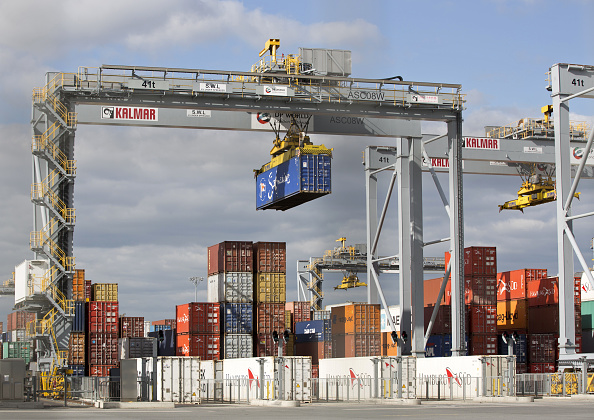UK current account deficit narrows to £12.7bn

The UK current account deficit narrowed to £12.7bn in the first quarter of 2021 as the reintroduction of restrictions to curb the spread of coronavirus hit the economy and dampened import demand.
Figures from the ONS published today show the current account deficit – the difference between money flowing into the UK and money leaving – in quarter one was the equivalent of 2.3 per cent of GDP.
The trade in goods deficit narrowed in quarter one as imports fell much more sharply than exports after the end of the EU-exit transition period, the ONS noted.
Import demand dropped more than exports due to businesses reining in spending as they used up goods stockpiled in preparation for the UK leaving the EU single market and Customs Union, resulting in a £9.5bn reduction in the total trade deficit excluding precious metals.
Read more: EU state aid rules to be replaced by new UK regime
The figures also suggest that investment in UK took a knock, possibly driven by sentiment souring among investors after the EU exit transition period ended.
Financial net inflows dropped to £28.5bn in the first quarter of 2021, down from a net inflow of £38.7bn in the fourth quarter of 2020. The net inflow was mainly attributed to non UK residents investing in UK-issued debt securities and UK investors selling foreign equities, the ONS said.
The UK’s international investment net liability position narrowed by £56.4bn to £582.9bn in the first quarter of 2021, mainly due to the value of UK-issued debt dipping.
The current account figures come as the ONS revised down their estimates for the UK economy’s performance. Output shrank 1.6 per cent in the first three months of the year – it was previously thought to have fallen 1.5 per cent.
Read more: British savings jump during lockdown as UK GDP slips